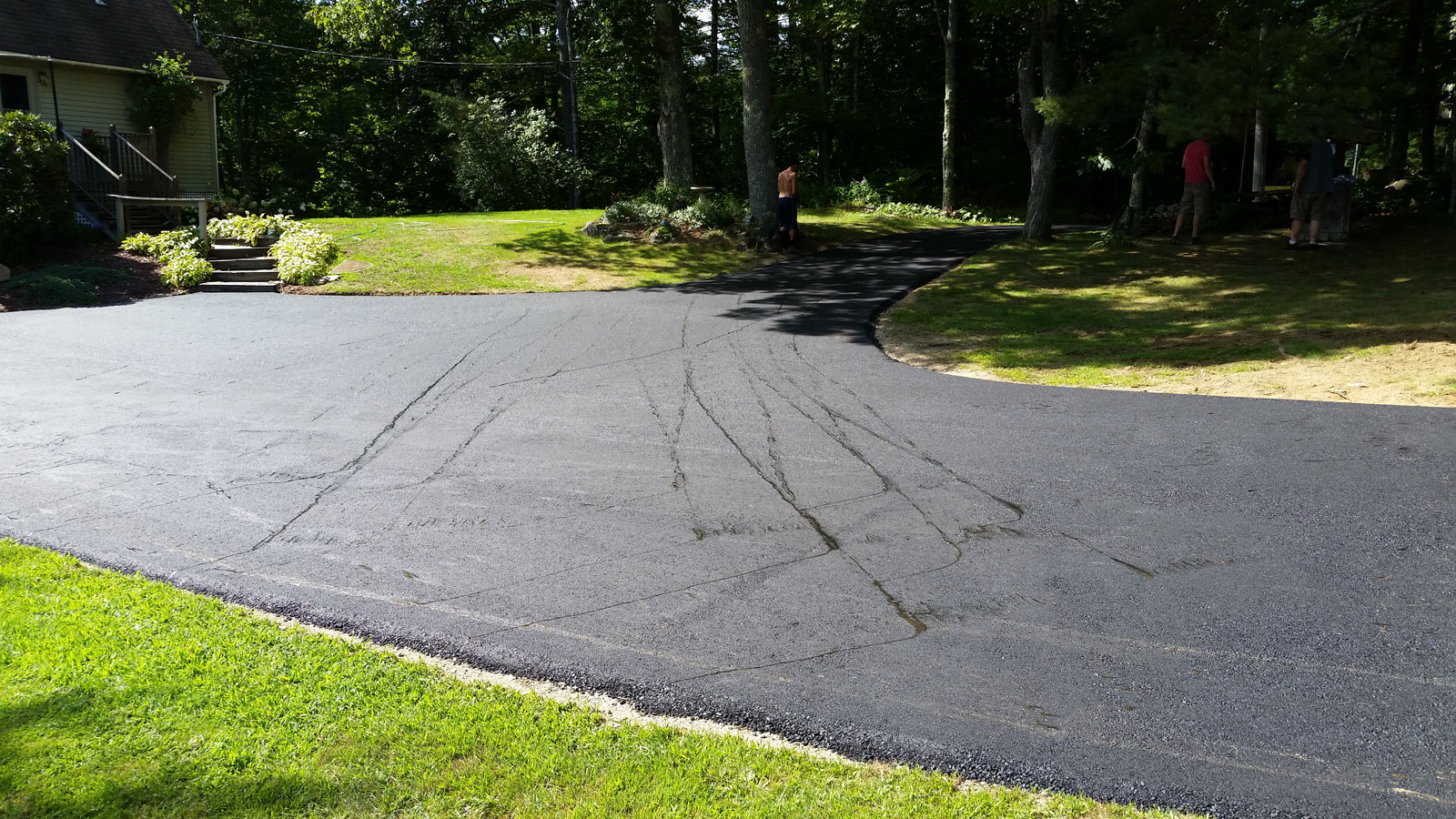Hot Mix Asphalt: A Sustainable Service for Sidewalk
Warm Mix Asphalt (HMA) has actually become a leading lasting option for pavement remedies, supplying a myriad of ingenious innovations and ecological advantages. Its capability to recycle materials and lower power intake provides a compelling instance for its adoption in road building and construction projects. Moreover, the long-term performance and sturdiness of HMA make it a preferred choice for facilities development. As the demand for environmentally friendly building techniques expands, exploring the subtleties of HMA's sustainability can supply valuable understandings into the future of sidewalk solutions.
Environmental Benefits of Hot Mix Asphalt

In Addition, Hot Mix Asphalt aids to alleviate city heat island impacts. Its dark shade takes in sunshine, minimizing the quantity of heat showed back right into the atmosphere compared to lighter-colored pavements. This can reduce ambient temperature levels in urban areas, lowering the demand for a/c and eventually lowering energy usage.
Additionally, Hot Mix Asphalt adds to improved stormwater administration. Its porous nature enables water to infiltrate the pavement and reenergize groundwater products, minimizing overflow and the danger of flooding. These environmental benefits make Hot Mix Asphalt a sustainable selection for leading highways and roadways.
Energy Efficiency in HMA Manufacturing
Is energy performance a critical variable in the production of Hot Mix Asphalt (HMA)? Energy plays a substantial function in the production of HMA, influencing both expense and environmental sustainability. One vital element of power effectiveness in HMA production is the use of cozy mix asphalt (WMA) modern technologies.
Moreover, innovations in plant modern technologies have led to more energy-efficient HMA manufacturing processes. By optimizing power use in HMA production, the industry can reduce its carbon footprint while preserving high-quality sidewalk products.
Recyclability of Warm Mix Asphalt
The recyclability of Hot Mix Asphalt (HMA) is an essential facet of its sustainability and lasting ecological influence. HMA is among one of the most recycled products in the USA, with over 100 million lots of reclaimed asphalt sidewalk (RAP) being reused annually in brand-new sidewalk building and construction. Recycling HMA uses a number of environmental benefits, such as decreasing the need for virgin products, lowering energy consumption throughout manufacturing, and reducing the quantity of waste sent out to garbage dumps.
The procedure of reusing HMA involves milling the existing sidewalk, crushing it into smaller sized pieces, and mixing it with new accumulation and asphalt binder to produce a recycled mix. In general, the recyclability of HMA plays a significant role in promoting sustainable practices within the pavement sector.

Long-Term Efficiency of HMA
Asphalt sidewalks show longevity and resilience over an extended duration, mirroring the long-lasting performance of Warm Mix Asphalt (HMA) The long life of HMA can be credited to its capacity to endure hefty traffic lots, extreme climate condition, and the impacts of aging. Research studies have shown that properly designed and effectively created HMA sidewalks can last for two decades or more with routine maintenance. The trick to maximizing the lasting efficiency of HMA hinges on using premium products, following best methods in building, and implementing reliable maintenance approaches. Proper drainage, regular assessments, and timely fixings are crucial for protecting the structural honesty of HMA pavements over time. Additionally, improvements in HMA technology, such as making use of polymer-modified binders and cozy mix asphalt, have additionally improved the resilience and long life of HMA pavements. By focusing on quality building and construction and maintenance techniques, HMA remains to confirm itself as a sustainable and economical remedy for long-lasting sidewalk infrastructure.

HMA: Toughness and Sustainability
Demonstrating both durability and sustainability, Warm Mix Asphalt (HMA) has come to be a foundation in the building and construction of durable pavement facilities - hot mix asphalt. HMA's toughness originates from its capacity to endure hefty loads, extreme weather, and high website traffic volumes, making it a trusted selection for roadways, highways, and airport terminal runways. The structure of HMA, which commonly includes aggregates, binder, and filler, plays a vital role in enhancing its durability and resistance to use and tear
Furthermore, HMA's sustainability hinges on its recyclability and energy-efficient production procedure. The capacity to recycle reclaimed asphalt pavement (RAP) in brand-new HMA blends minimizes the demand for virgin products and lessens the ecological impact of pavement construction and upkeep. In addition, the energy effectiveness of creating HMA depends on its reduced blending temperatures contrasted to various other sidewalk products, bring about lowered energy consumption and greenhouse gas emissions.
Conclusion
To conclude, hot mix asphalt (HMA) uses a sustainable option for sidewalk with its ecologically friendly characteristics. HMA's recyclability, energy efficiency in production, and long-term resilience make it an environment-friendly option for road building. By saving natural sources, reducing waste, and decreasing greenhouse gas exhausts, HMA plays a critical duty in advertising sustainability in infrastructure growth. Its capability commercial parking lot paving to reduce city warm island impacts further emphasizes its value in producing eco conscious and resistant sidewalk systems.
HMA is one of the most recycled products in the United States, with over 100 million loads of recovered asphalt sidewalk (RAP) being reused each year in new sidewalk building.The process of reusing HMA involves grating the existing pavement, squashing it into smaller sized pieces, and blending it with new accumulation and asphalt binder to develop a recycled mix.Asphalt pavements show longevity and resilience over an extensive period, showing the long-term efficiency of Warm Mix Asphalt (HMA) In addition, advancements in HMA technology, such as the usage of polymer-modified binders and warm mix asphalt, have actually additionally enhanced the toughness and long life of HMA pavements. The ability to recycle recovered asphalt sidewalk (RAP) in brand-new HMA mixes lowers the demand for virgin materials and lessens the environmental impact of sidewalk building and construction and maintenance.